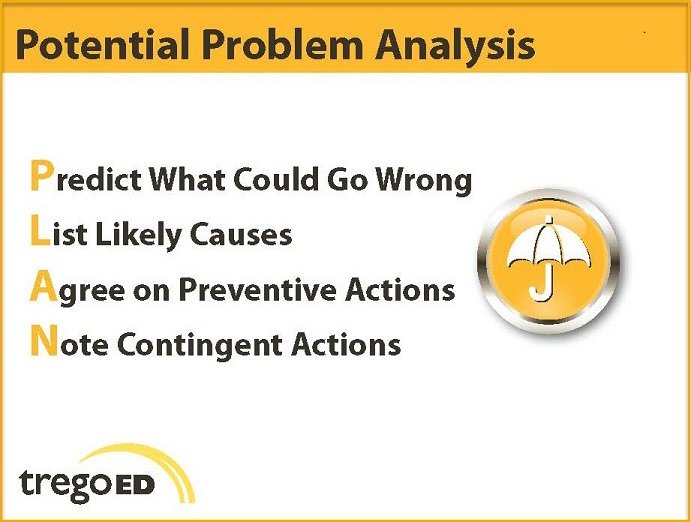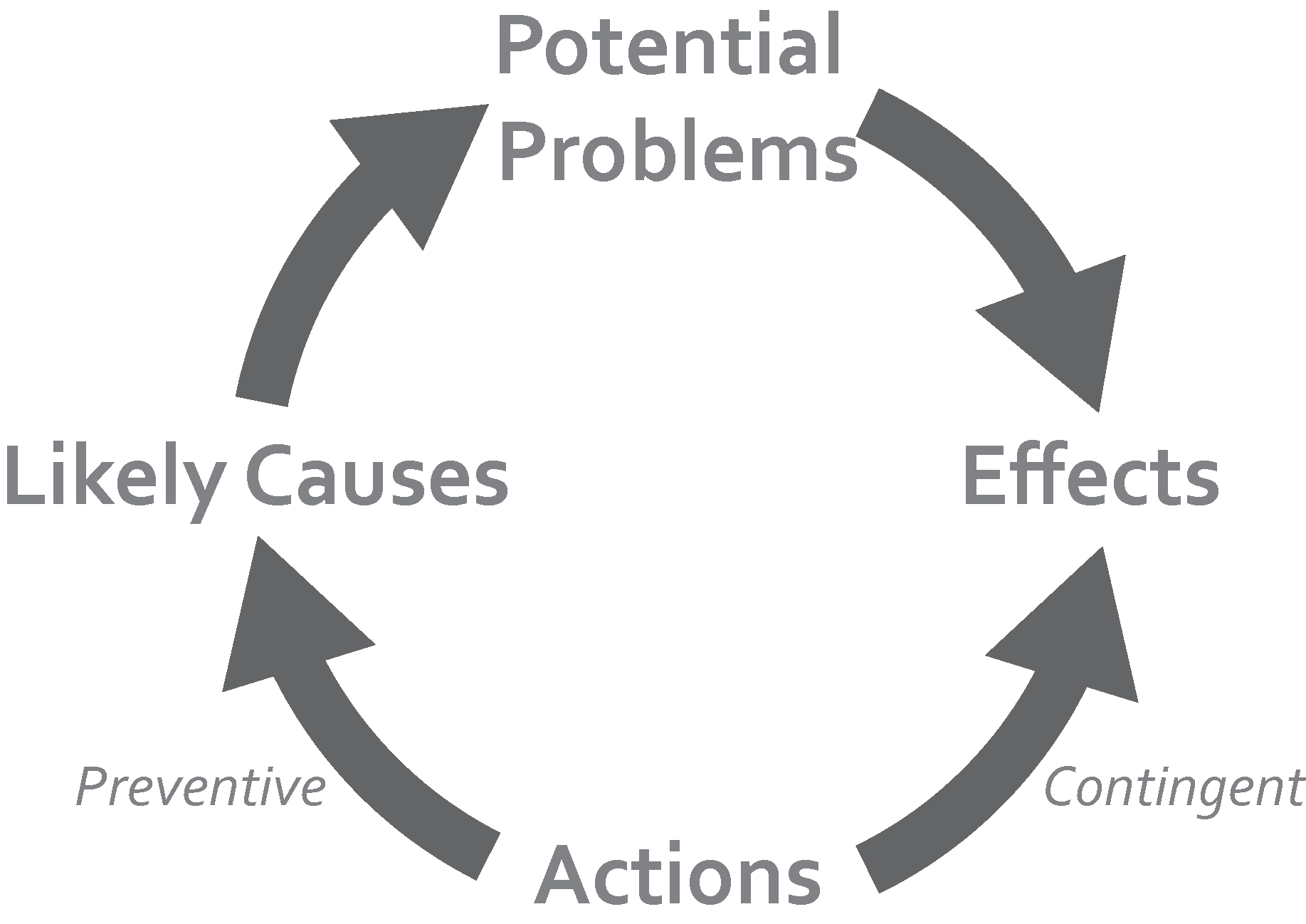 It has been said, “The best-laid plans of mice and men often go awry,” – using a good process to vet those plans before implementation can help you to avoid problems by just “thinking things through.” Your plans for re-opening schools and beyond are emotionally charged, high stakes and, if done right so far, – highly visible to your staff and community. Putting in the time to “think things through” can help you avoid problems and/or plan contingencies.
It has been said, “The best-laid plans of mice and men often go awry,” – using a good process to vet those plans before implementation can help you to avoid problems by just “thinking things through.” Your plans for re-opening schools and beyond are emotionally charged, high stakes and, if done right so far, – highly visible to your staff and community. Putting in the time to “think things through” can help you avoid problems and/or plan contingencies.
When major league baseball opened – all eyes were upon them. Such highly visible, high stakes plans must really have been thought through, right? I was shocked to hear that when the first rain delay occurred, those teams involved had no contingency plan in place in case of a long delay. Players were left together inside to ride out the storm – a situation that, for the many players and coaches who take Covid19 protocols seriously, made many angry and scared. I have to admit, I was a little surprised that they had not “thought things through” – after all, rain delays are a regular part of the game and it seems like MLB could afford to have their highly paid managers best thinking on re-opening protocols.
Even more important than baseball
Planning for re-opening schools is another highly visible, high stakes and even more personal emotionally-charged plan. How can you be sure that you have “thought of everything?” It seems it would be even more important here to use a systematic process to ensure that you have considered all possibilities.
What could go wrong?
So, how can you be sure that you have “thought things through?” What questions need to be asked? Potential Problem Analysis is a process that has been used successfully in many schools with all sorts of plans – from the placement of one special education student to the redistricting of schools. This process with the acronym P. L. A. N. is a step-by-step road map to help you check and double check that you have considered all possible problems and guide you through planning for both prevention and contingencies.
Potential Problem Analysis helps you “think things through”

Step 1: Predict what could go wrong
It seems obvious that most districts would consider “what could go wrong” before implementing any complex plans, but, assessing the threat of each potential problem takes the thinking one step further. What is the specific future trouble or damage we hope to avoid? What is the probability (likelihood) this potential problem will occur? What is the seriousness (impact) if it does occur? Is the risk or threat level acceptable, or do we need to take action to reduce it? Asking these additional questions can help save you time and energy by helping you prioritize your planning.
Step 2: List likely causes
It is one thing to be aware of the specific problems you may encounter, it is another to drill down to the cause (or multiple causes of the problem). Again, understanding why the problem might occur ensures that you will focus on the cause when you are trying to plan for it, not just throwing a band aid on every problem that comes up along the way.

Step 3: Agree on preventative actions
Asking “What can we do to keep each likely cause from occurring or creating the potential problem?” is the first step in helping you avoid the problem. To build a solid plan, you need to also determine What/Who/When—What needs to be done? Who will be responsible? By when must it be initiated or accomplished?
Step 4 Note Contingent Actions to limit the damage
What if, despite your “best laid plans” – the problem still occurs? How can we reduce the seriousness of the problem, if it does occur? Again, when developing contingency plans, you need to determine What/Who/When—What needs to be done? Who will be responsible? By when must it be in place? How do you know when these plans need to kick in? Identifying the triggers for any actions that need to be taken can be determined by determining “How will we know when the problem has occurred? Who or what will initiate/trigger each contingent action?”
How we will educate our students in the days, weeks, months and years to come is in flux. Your initial plans are set – maybe you have already started implementing – but have you thought things through? Using a systematic process can help ensure that you are prepared for every possible potential problem with both actions and contingencies.
Interested in learning more? Learn how schools can use PPA to shore up their plans. Attend our free webinar on Transitioning to the Next Normal: Potential Problem Analysis on August 19, 2020—9:00-10:00 am (ET)
Related Blogs